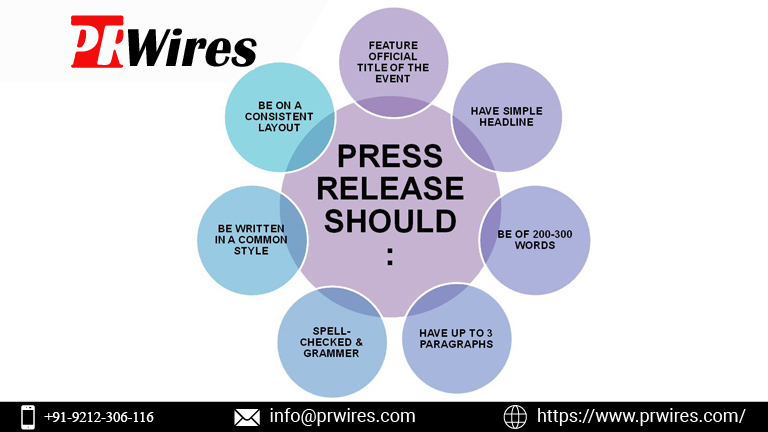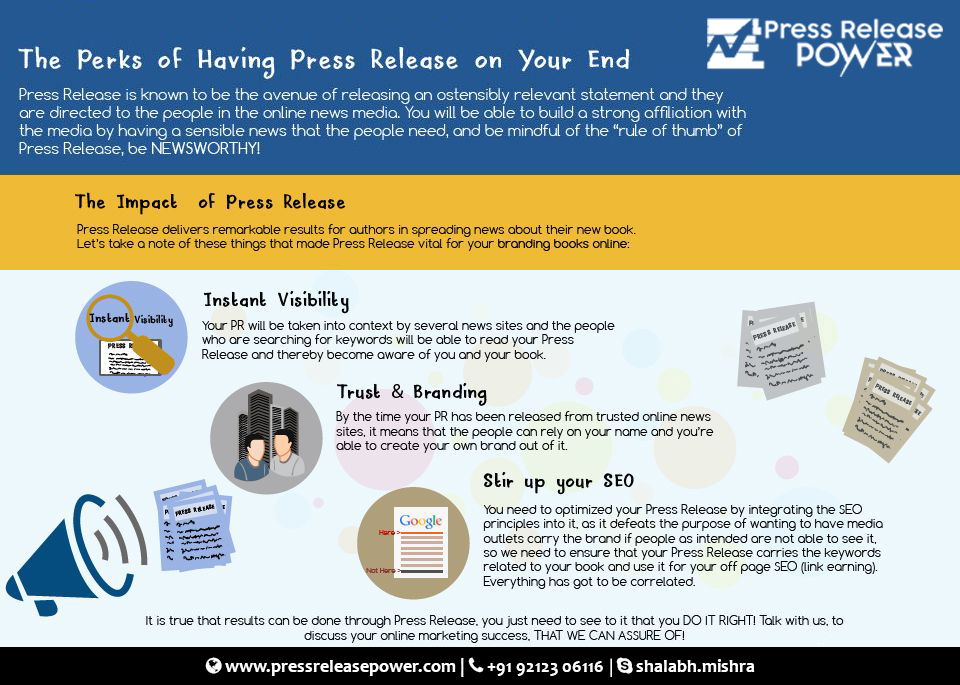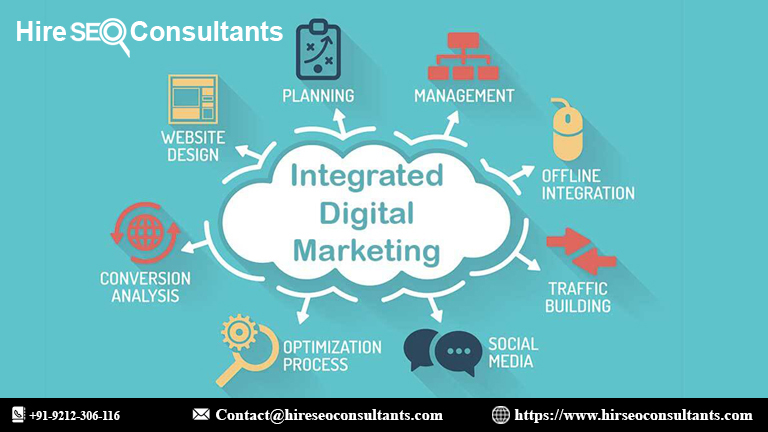Drip Campaigns vs. Newsletters: When & How to Use Each
Email marketing remains one of the most effective ways to engage audiences, nurture leads, and drive conversions. Two of the most common email marketing strategies are drip campaigns and newsletters. While both serve essential functions, they differ significantly in their approach, purpose, and execution. Understanding when and how to use each can enhance your marketing efforts and maximize results.
What Are Drip Campaigns?
A drip campaign is a series of automated, pre-scheduled emails sent to a targeted audience based on specific triggers or actions. These emails "drip" into a recipient's inbox at set intervals, guiding them through a structured journey, whether it's onboarding, nurturing, or re-engagement.
Key Features of Drip Campaigns:
-
Automation: Emails are triggered based on user behavior or time-based schedules.
-
Personalization: Tailored messages based on the recipient’s actions, such as signing up for a webinar or abandoning a shopping cart.
-
Sequential Delivery: Emails are sent in a logical progression to nurture leads effectively.
-
Goal-Oriented: Each email has a specific purpose, such as educating, converting, or re-engaging subscribers.
When to Use Drip Campaigns
Drip campaigns are best suited for:
-
Lead Nurturing: Educating prospects over time before making a purchase decision.
-
Onboarding: Welcoming new customers or subscribers and helping them get started.
-
E-commerce Abandonment: Following up on abandoned carts with reminders or incentives.
-
Customer Retention: Engaging existing customers with updates, offers, or educational content.
-
Re-engagement: Bringing inactive subscribers back with targeted messaging.
What Are Newsletters?
A newsletter is a regularly scheduled email sent to a broad audience to keep them informed about updates, industry news, promotions, or valuable content. Unlike drip campaigns, newsletters are not triggered by user actions but are instead sent at predetermined intervals, such as weekly or monthly.
Key Features of Newsletters:
-
Broad Audience: Sent to a wide segment of subscribers.
-
Timely Updates: Includes current news, blog updates, promotions, or insights.
-
Brand Engagement: Helps maintain a connection with your audience over time.
-
Non-Automated: Sent on a fixed schedule, often manually crafted.
When to Use Newsletters
Newsletters work well for:
-
Brand Awareness: Keeping subscribers engaged with regular updates.
-
Content Distribution: Sharing blog posts, guides, or industry insights.
-
Community Building: Strengthening relationships with customers and followers.
-
Periodic Promotions: Announcing sales, events, or new product launches.
Drip Campaigns vs. Newsletters: Which One Should You Use?
Both drip campaigns and newsletters have their place in an email marketing strategy. Here’s a quick comparison:
| Feature | Drip Campaigns | Newsletters |
|---|---|---|
| Trigger-Based | Yes | No |
| Automation | Fully Automated | Typically Manual |
| Goal | Lead Nurturing & Conversion | Engagement & Brand Awareness |
| Personalization | Highly Personalized | Generalized Content |
| Time-Sensitive | No | Yes |
Choosing the Right Strategy
-
Use Drip Campaigns If… you want to nurture leads, automate onboarding, or create a structured customer journey.
-
Use Newsletters If… you aim to keep subscribers updated, build brand loyalty, or distribute fresh content consistently.
-
Use Both If… you want a comprehensive email marketing strategy that nurtures leads while maintaining regular audience engagement.
How to Implement Drip Campaigns & Newsletters Effectively
Best Practices for Drip Campaigns
-
Define Your Goal: Whether it’s lead nurturing, sales, or engagement, ensure every email has a clear objective.
-
Segment Your Audience: Target users based on behavior, demographics, or preferences.
-
Write Engaging Content: Keep emails concise, valuable, and action-driven.
-
Optimize Send Timing: Schedule emails based on user engagement patterns.
-
Analyze & Improve: Track open rates, click-through rates, and conversions to refine campaigns.
Best Practices for Newsletters
-
Keep Content Relevant: Share insights, promotions, and valuable updates tailored to your audience.
-
Craft Engaging Subject Lines: Encourage higher open rates with compelling headlines.
-
Maintain a Consistent Schedule: Weekly or monthly emails build anticipation and reliability.
-
Use Visuals & Call-to-Actions (CTAs): Make your emails visually appealing and encourage engagement.
-
Monitor Performance Metrics: Analyze engagement and adjust content based on user feedback.
Final Thoughts
Drip campaigns and newsletters serve different but complementary roles in an email marketing strategy. While drip campaigns are designed to nurture leads and drive conversions through automation, newsletters focus on engagement and brand awareness. Leveraging both effectively can amplify your marketing efforts and maximize audience engagement.
For those looking to enhance their email marketing skills, enrolling in an Online Digital Marketing Course can provide valuable insights into advanced strategies and tools to optimize campaigns.
By understanding the strengths of each email marketing approach, you can create a well-rounded strategy that delivers value to your audience and achieves business objectives.
What's Your Reaction?

















